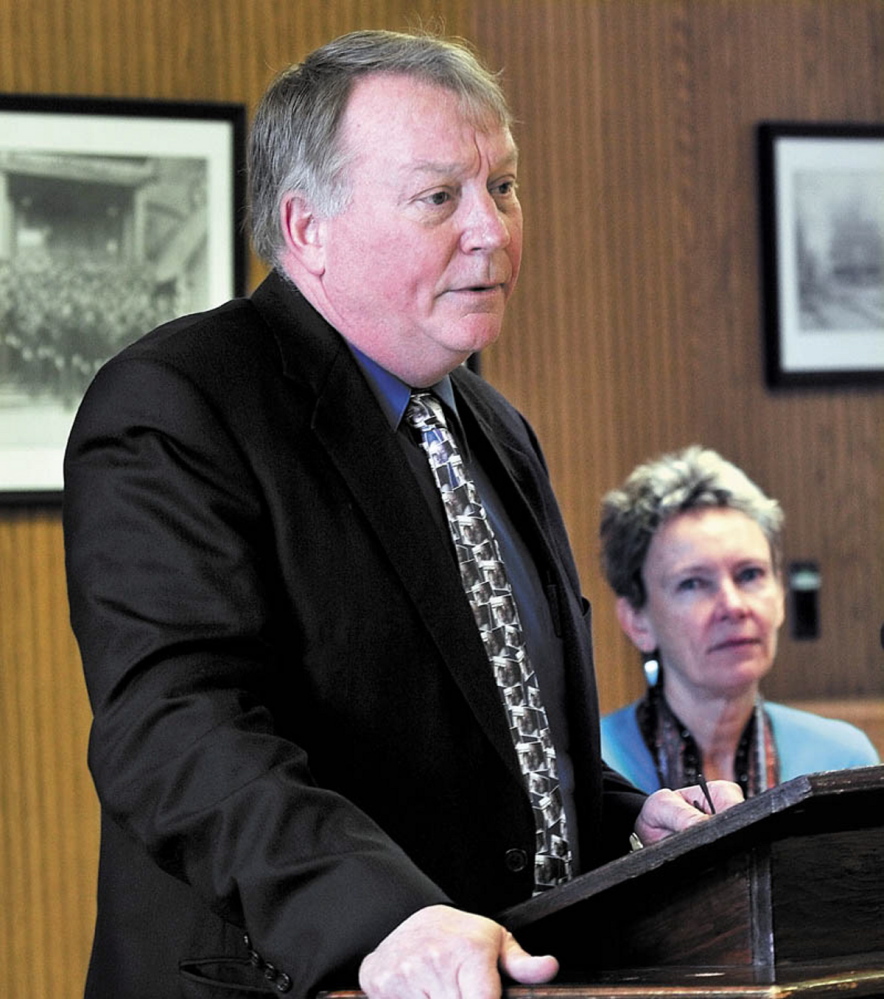Maine’s watershed school consolidation law five years ago formally created a new kind of school district, neither fully merged nor entirely independent.
That middle path to school consolidation has worked for Waterville, Winslow and Vassalboro, but even so, their superintendent says “nobody in their right mind would design school governance in this way.”
The Alternative Organizational Structure is a loose type of school unit in which municipalities and districts mainly merge only their administrative functions, sharing a superintendent and other central office employees. But in this structure, each member entity remains largely alone.
While there’s an AOS board to oversee shared spending, it’s made up of members of local school boards, which stay intact. The local boards oversee their own schools and operations and maintain their own budgets, unlike in regional school units, which pool resources and are governed by one board.
“It’s hell for central offices,” said Eric Haley, superintendent of the Waterville-area AOS 92. “I’ve got four boards to report to.”
After Maine’s school consolidation law took effect in 2009, 17 AOS districts were formed. Most of them were a combination of small school administrative districts in rural areas. Waterville is the largest Maine city or town that uses the structure.
Paula Gravelle, the school finance coordinator for the Maine Department of Education, is blunt about the reason the AOS structure became law, saying it was created “to appease” those who didn’t like consolidation and “give them a way to not really reorganize.”
They largely came together because the original consolidation law penalized small districts and towns that didn’t merge by reducing state subsidies. But after political pressure, the Legislature delayed penalties and finally scrapped them under a 2011 law.
Now, only 11 AOS districts remain, while others folded. After Fayette voted to split with Winthrop in April, for example, it went back to operating its own district, which it had done from 1994 to 2010.
When Waterville-based AOS 92 formed in 2009, members agreed to share superintendent’s office costs, plus special education and transportation. Each school kept its budget, debt and programs, while sharing a $9.2 million AOS budget.
Shortly after that, Vassalboro residents and officials complained that the arrangement increased their costs by an estimated $250,000 because of the sharing formula.
In response, the communities stripped down the sharing arrangement, returning special education and transportation costs to each community. Since then, Haley said, the district has worked. Even though the structure isn’t ideal, its members are happy.
“They’re very comfortable with the arrangement,” he said, “and I think the things we did to make sure we don’t have long-standing problems worked.”
Send questions/comments to the editors.



Success. Please wait for the page to reload. If the page does not reload within 5 seconds, please refresh the page.
Enter your email and password to access comments.
Hi, to comment on stories you must . This profile is in addition to your subscription and website login.
Already have a commenting profile? .
Invalid username/password.
Please check your email to confirm and complete your registration.
Only subscribers are eligible to post comments. Please subscribe or login first for digital access. Here’s why.
Use the form below to reset your password. When you've submitted your account email, we will send an email with a reset code.